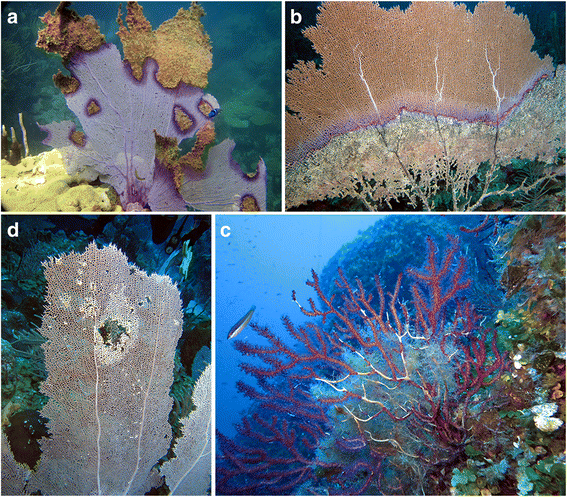
This skew likely biases our understanding of the roles that each symbiont lineage plays within the microbiome and hinders our ability to identify features that underpin sponge-microbe symbiosis. In addition, nearly all genome-centric characterisations of sponge-associated microbes have been restricted to a few lineages of interest or have focussed on low-abundance microorganisms amenable to cultivation, with the majority of lineages remaining undescribed. Instead, gene-centric studies have identified a number of interesting sponge symbiont traits but have been unable to link these features to specific microbial taxa.

The presence of such mobile elements raises the possibility of lateral gene transfer (LGT) between symbionts, though evidence for this is currently lacking.ĭespite their importance for host health, few community-level functional investigations have been undertaken to capture the broad range of microbial taxa found in sponges.

Sponges also play host to a diverse array of mobile genetic elements (MGE), such as viruses, that may necessitate a diverse array of defence mechanisms like clustered regularly interspaced short palindromic repeat (CRISPR) and restriction-modification (RM) systems. archaeal ammonia oxidation) and sulfur, as well as providing essential vitamins and amino acids to the host.

Reef-dwelling sponges harbour stable and diverse microbial communities that can account for up to 35% of sponge biomass and are hypothesised to carry out functions that support their host’s health and ecology, such as the transformation of carbon (e.g. Marine sponges are therefore an essential component of reef ecosystems because they filter large volumes of seawater (up to thousands of litres per day ) from which they retain the organic matter and transform it into biomass that can be consumed by detritivores, ultimately recycling it back into the reef system in a process known as the “sponge-loop”. However, despite their exceptionally high primary productivity, nutrient levels on tropical reefs are typically low, necessitating efficient mechanisms for nutrient retention. Finally, we provide evidence that many of these sponge-enriched genes are laterally transferred between microbial taxa, suggesting they confer a selective advantage within the sponge niche and therefore play a critical role in host ecology and evolution.Ĭoral reefs are among the most productive ecosystems in the world and are frequently referred to as ‘rainforests of the sea’ due to their immense biodiversity. Further, genes encoding CRISPR and restriction-modification systems used in defence against mobile genetic elements were enriched in sponge symbionts, along with eukaryote-like gene motifs thought to be involved in maintaining host association.

Genes for the utilisation of sialic acids and glycosaminoglycans present in sponge tissue were found in specific microbial lineages that also encoded genes for attachment to sponge-derived fibronectins and cadherins, suggesting these lineages can utilise specific structural elements of sponge tissue. Further, visualisation of the distribution of these genes amongst symbiont taxa uncovered functional guilds for reef organic matter degradation. Compared to MAGs derived from reef seawater, sponge-associated MAGs were enriched in glycosyl hydrolases targeting components of sponge tissue, coral mucus and macroalgae, revealing a critical role for sponge symbionts in cycling reef organic matter. Here we present an analysis of ~1200 metagenome-assembled genomes (MAGs) spanning seven sponge species and 25 microbial phyla. Sponges underpin the productivity of coral reefs, yet few of their microbial symbionts have been functionally characterised.


 0 kommentar(er)
0 kommentar(er)
